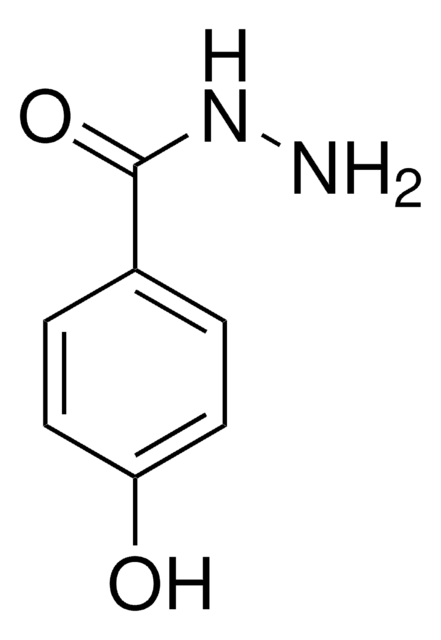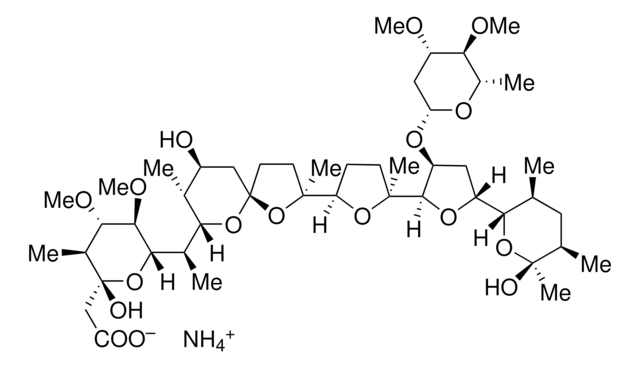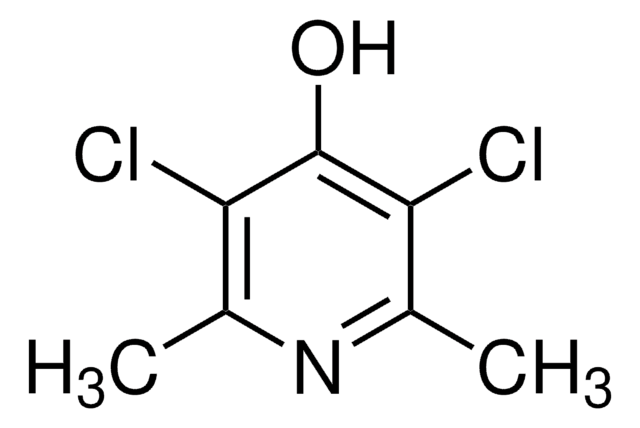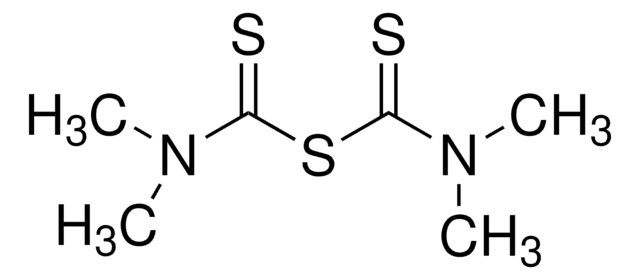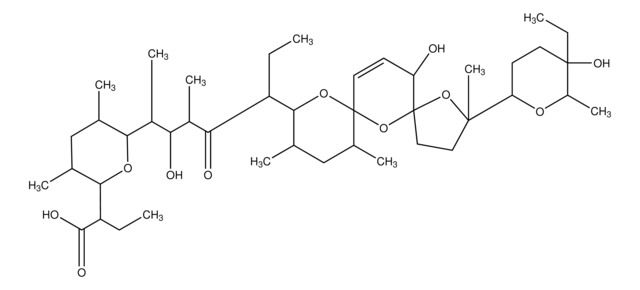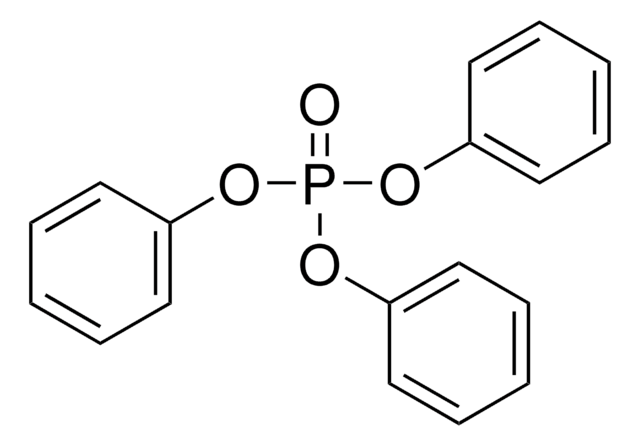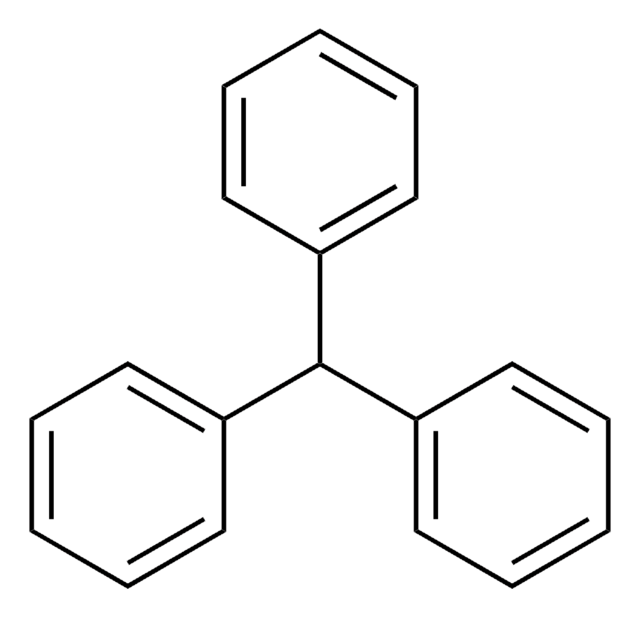Kluczowe dokumenty
N3905
Nicarbazin
Synonim(y):
N,N′-bis(4-Nitrophenyl)urea compound with 4,6-dimethyl-2-pyrimidinone
About This Item
Polecane produkty
Formularz
powder
Poziom jakości
spektrum działania antybiotyku
parasites
Tryb działania
cell membrane | interferes
ciąg SMILES
Cc1cc(C)nc(O)n1.[O-][N+](=O)c2ccc(NC(=O)Nc3ccc(cc3)[N+]([O-])=O)cc2
InChI
1S/C13H10N4O5.C6H8N2O/c18-13(14-9-1-5-11(6-2-9)16(19)20)15-10-3-7-12(8-4-10)17(21)22;1-4-3-5(2)8-6(9)7-4/h1-8H,(H2,14,15,18);3H,1-2H3,(H,7,8,9)
Klucz InChI
UKHWDRMMMYWSFL-UHFFFAOYSA-N
Szukasz podobnych produktów? Odwiedź Przewodnik dotyczący porównywania produktów
Zastosowanie
Działania biochem./fizjol.
Inne uwagi
Hasło ostrzegawcze
Warning
Zwroty wskazujące rodzaj zagrożenia
Zwroty wskazujące środki ostrożności
Klasyfikacja zagrożeń
Eye Irrit. 2 - Skin Irrit. 2 - STOT SE 3
Organy docelowe
Respiratory system
Kod klasy składowania
11 - Combustible Solids
Klasa zagrożenia wodnego (WGK)
WGK 3
Środki ochrony indywidualnej
dust mask type N95 (US), Eyeshields, Gloves
Wybierz jedną z najnowszych wersji:
Masz już ten produkt?
Dokumenty związane z niedawno zakupionymi produktami zostały zamieszczone w Bibliotece dokumentów.
Klienci oglądali również te produkty
Nasz zespół naukowców ma doświadczenie we wszystkich obszarach badań, w tym w naukach przyrodniczych, materiałoznawstwie, syntezie chemicznej, chromatografii, analityce i wielu innych dziedzinach.
Skontaktuj się z zespołem ds. pomocy technicznej


